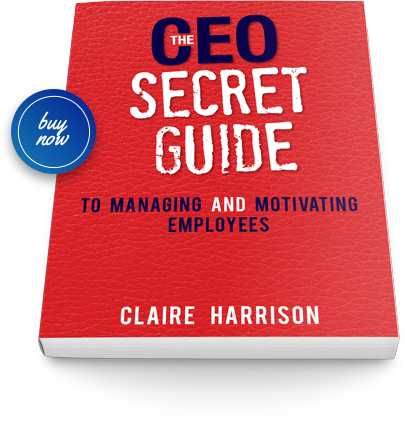Bridging the Gender Gap: Diversity and Equality – In light of the latest findings from the 2024 Status of Women Report Card, it’s evident that sex discrimination remains a pervasive issue in Australia, affecting various aspects of women’s lives from economic equality to workplace dynamics. Harrisons, as an HR consultancy committed to promoting equality and fairness, we urge business leaders to confront these issues head-on. Here are the statistics that illustrate the current scenario and ten actionable recommendations to help your business become a beacon of gender equity.
The Stark Reality of Gender Inequality – Equality at Work
- Economic Disparity: Women face a national gender pay gap of 12%, requiring them to work an additional 44 days a year to match the earnings of their male counterparts.
- Workplace Participation: Despite being highly educated, women are significantly more likely to work part-time due to caregiving responsibilities, with 35.7% citing childcare as a major factor limiting their work opportunities compared to just 7.3% of men.
- Sexual Harassment: Alarmingly, 26% of women who experienced sexual harassment in the previous 12 months encountered it at their workplace.
- Superannuation Gap: Approaching retirement, women’s median superannuation balances lag behind men’s by 25.1%, exacerbating financial insecurity in later years.
Ten Diversity at Work Recommendations for Business Leaders
- Conduct Regular Pay Audits: Regularly review and adjust position descriptions and pay scales to ensure Diversity and Equality at Work with gender parity in salaries and bonuses across all levels of the organisation. Positions tend to grow over time, and statistically roles held by women are less likely to be adjusted for this scope creep compared to roles held by men.
- Implement Flexible Work Policies: Foster an inclusive culture by offering flexible working hours and remote work options to accommodate the diverse needs of all employees, particularly caregivers. Role modelling by senior leaders is essential to signal that these policies are available to all.
- Enhance Parental Leave: Provide equitable parental leave for all parents for Diversity and Equality at Work, regardless of who is the ‘primary carer’, encouraging shared caregiving responsibilities and supporting women to return to work.
- Develop Anti-Harassment Programs: Actively promote a zero-tolerance policy towards sexual harassment, with regular training including active bystander training for all staff and a clear, confidential reporting process.
- Support Women’s Advancement: Create mentorship and career development programs specifically aimed at supporting women in leadership and growth tracks within the company.
- Encourage Participation in Decision Making: Ensure that women are equally represented on committees and in decision-making roles to reflect a diverse and balanced perspective. Even simple actions such as selecting a woman to ask the first question when opening the floor for questions makes a difference.
- Review Recruitment Practices: Use gender-neutral language in job descriptions and ensure unbiased recruitment processes to attract a diverse candidate pool. Tools such as Textio will help you to identify words typically associated more with one gender, such as collaborative or driven.
- Promote Education on Gender Equality: Regularly educate all employees on gender equality and the benefits of a diverse workforce, such as better decision making, safety rates, customer service and innovation to change entrenched stereotypes and biases.
- Support for Menopause and Mental Health: Recognise the physical and mental health needs of women, including support structures for menopausal symptoms and mental health challenges.
- Track Progress and Set Goals: Regularly measure and publicly report on progress towards gender equality goals to maintain accountability and transparency. Fewer than 1 in 5 incidents are reported, so it is important not to rely on sexual harassment reporting rates in your organisation as a KPI.
Moving Forward
It’s crucial that these recommendations are seen as starting points for deeper, systemic change within your organisation. By committing to these Diversity and Equality at Work actions, business leaders can significantly contribute to reducing the gender gap, fostering a more inclusive and equitable workplace. This not only benefits women but enhances the overall productivity and morale of all employees, positioning your company as a leader in corporate responsibility and ethical practices.
For more insights and support on implementing Diversity and Equality at Work strategies within your business, connect with our consultancy services at Harrisons. Together, we can reshape the future of work into one that truly values and leverages the potential of all its team members.
Claire Harrison is the Founder and Managing Director of Harrisons, a flourishing HR consulting business that sprouted in 2009 from Claire’s passionate belief that inspiring leaders and superstar employees are the key success factor to any business. With over 20 years’ experience, Claire has worked as a HR Director of multi-national organisations, as a Non-Executive Board Director, and a small business owner. Claire’s corporate career includes working with companies such as BHP, Westpac, Fonterra and Mayne Nickless.




